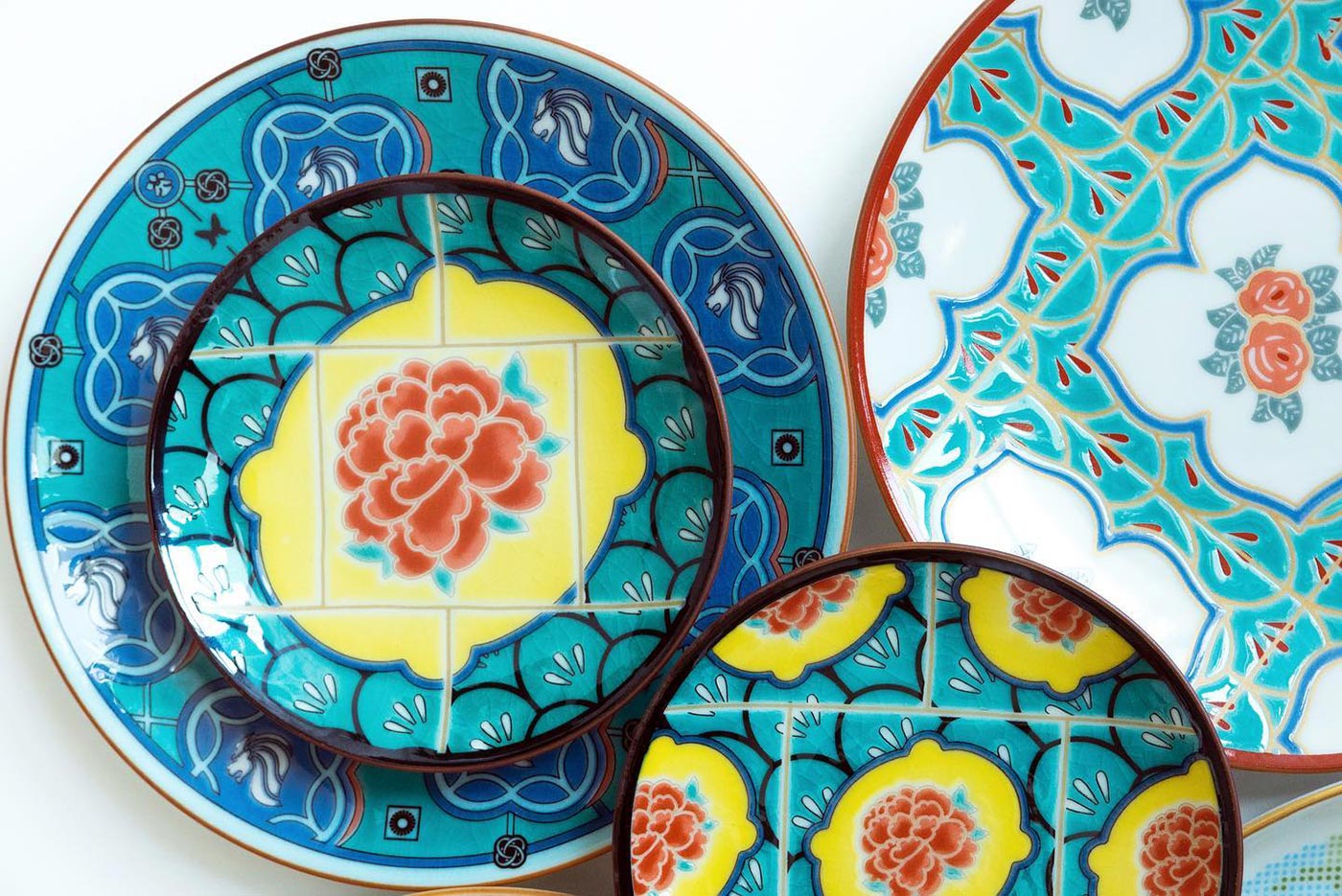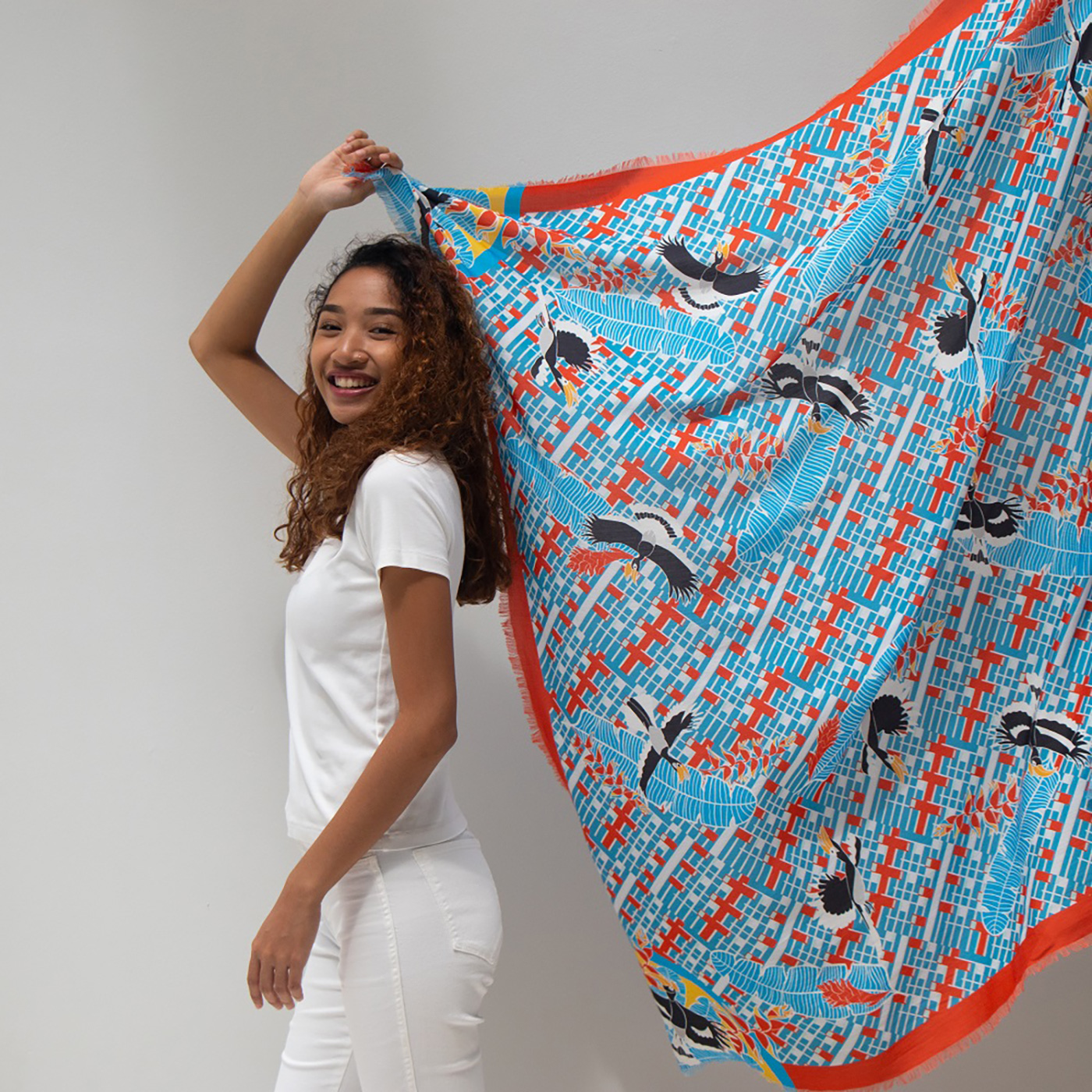Beyond COVID-19: How design brands can thrive in the New Normal
As part of our ongoing effort to bring resources and tools to help the design community navigate the New Normal, DesignSingapore Council speaks to brand owners on how they are playing the new retail game and gets advice from Anisa Johnny, a senior lecturer in fashion marketing from Raffles Design Institute, on what to consider when it comes to listing on e-marketplaces.
During the Circuit Breaker (Singapore’s version of a lockdown to counter COVID-19), retailers relied on their digital channels to keep business operations going.
Independent design and gift store Supermama was no exception: its online webstore became the only sales channel for customers stuck at home. What surprised its founder Edwin Low however, was how the online store continued to generate more revenue than its two physical stores combined after they reopened.
“This is pretty new to us because we thought people tended to purchase higher value items in store,” he told DesignSingapore Council (Dsg).

Such a shift in consumer behaviour is adding to the upward trend in online shopping that persists post-lockdown in Singapore and other cities. Experts say e-commerce will play an even larger role in the “new normal” than ever before – which means huge opportunities in online shopping that retailers could take advantage of.
If you’re a design brand keen to dive into e-commerce, consider these advice from design brand owners we spoke to when it comes to retailing in the digital space:
Table Of Contents
Invest in your own e-commerce platform
For design brand owners, a dedicated e-commerce platform that resides on their own website is the backbone to their online presence. Jessica Wong, co-founder of furniture label SCENE SHANG, says a dedicated website allows them to create the right environment for their brand through styling and content. On top of e-commerce, the website offers product stories, styling tips and articles to “create a website that gives a meaningful experience, value and insights to our audience”, she added.
Sell on social media
For retailers unable to set up a dedicated e-commerce platform, an alternative would be to sell directly through social media. Both Facebook and Instagram introduced a new “Shops” feature in May 2020 to help small businesses shift their retail into the digital space more easily.
Even brands with existing e-commerce platforms recognise the importance of selling on social media, using paid and organic posts to attract a wider audience to click and browse their products. SCENE SHANG, which frequently posts Instagram stories, said their featured products are usually snapped up quickly. Supermama also relies on social media messaging to communicate directly with customers, especially during the Circuit Breaker when shops were closed.
Anisa Johnny, co-founder of Boheme Style Nomads, who teaches fashion marketing and management at Raffles Design Institute, said that brands should understand how social media algorithms work and why visitors are using those platforms. For example, users on Pinterest look for inspiration before buying a product. Hence Pinterest, if used correctly, could be a great way to show a designer’s creative point of view. “Ensure pins are linked back to your website,” she reminded.
Think about user’s digital-only experience
Before the Circuit Breaker, most of fashion label GINLEE Studio’s sales had been from its physical retail stores. When stores had to be closed, the GINLEE team had to quickly find ways to replicate the shopping experience customers appreciated in-store onto the digital platform.
These included:
- Offering free delivery and returns
- Resizing styles to fit “true to size”
- Showcasing women of varied body shapes and sizes in its online marketing campaigns so customers can better visualise how the styles might look on them
- Relying on videos to show how the clothes would “move”
- Creating a virtual walk through of its Raffles City shop
Be relevant and respond to the moment
The founders of Binary Style were initially reluctant to produce masks when the pandemic struck. After much persuasion from friends, the scarf makers turned mask makers and were featured by the media. This netted new audiences who discovered the other products the brand offered. Binary Style also created free digital backgrounds for video calls that were widely shared, bringing high traffic to its website. These backgrounds, which showcased the brand’s designs, proved to be a timely, relevant and cost-effective marketing tool for Binary Style.

Communicate brand values & personality
Brand owners said conveying brand values and personality became even more important when customers could only interact with them digitally.
GINLEE took the opportunity to reaffirm its stance for sustainable fashion by introducing GOOD (“Get-Order-On-Demand”), an option for customers able to wait three weeks for their purchases. This, explained founder Gin Lee, allows them to avoid the perennial issue of overproduction – an unsustainable practice that has hurt the entire fashion industry as it leads to waste generation and mountains of unsold goods. The new option rewards supportive customers with a 15% discount upfront – a move the business owner felt would build greater brand equity.

As for Santhi and Sari Tunas, the twin sisters of Binary Style, they introduced their brand story to newfound audiences by showcasing older designs on social media. The pair of bubbly designers also connected with Instagram followers on a more personal level with videos of themselves concocting cocktails while working from home.
Get on the virtual runway
As an exclusively-online brand, Tria The Label has relied on Trunk Shows and by-appointment fitting sessions to interact with customers, giving them the opportunity to “feel, try and buy”. With that out of the window, the brand – apart from amping up its e-commerce platform and social media feed – participated in The Front Row, a virtual fashion festival organised by Daniel Boey (Fashion Director & Creative Curator at Daniel Boey Pte Ltd) and AP Media, and supported by Enterprise Singapore.
The three founders coordinated the work leading up to the show remotely. Due to supply chain disruption, they used existing fabric stock and went back to the drawing board to launch a collection that would introduce the brand to new audiences while offering new styles for loyal customers.
Their show received positive media coverage leading to good sales, with one design selling out. Co-founder Sheralyn Tay said: “One of the outcomes of The Front Row was how it brought some excitement and vitality to the sector. It has been a little gloomy! So it was wonderful to have something that our customers could engage with and get excited about too!”
Try other e-marketplaces
E-marketplaces are another channel to reach new audiences. Binary Style views their presence on KrisShop, the online store for Singapore Airlines, as a form of advertisement and endorsement due to the platform’s reputation for curating quality products for its passengers.
In response to COVID-19, KrisShop, which carries 800 local and foreign brands, onboarded new retail partners more quickly. It has a concept store that spotlights local design brands, including Onlewo, Eden+Elie and Gnome & Bow.
The pandemic also hastened the opening of OneOrchard.Store (OOS) and eCapitaMall in June. The former, run by the Textile and Fashion Federation (TaFF), showcases locally-based design brands, including Carrie K, Ling Wu, Shirt Number White and Weekend Sundries. TaFF said it hopes the new e-commerce platform will complement ongoing efforts to help physical retail recover, contributing to a more sustainable retail landscape in Singapore.
eCapitaMall, which has 200 brands signed on so far, is not restricting itself to tenants of its physical malls. To instil consumer confidence, it ensures that retailers only sell quality and authentic products that appeal to its customers.
If a brand wants to foray overseas, there are many niche multi-label platforms regionally and globally. You could start by looking “at your competitors or market leaders’ list of stockists” said Anisa. “Don’t underestimate countries like Indonesia and Thailand where the middle class is growing and has evident interest in design.”
Factors to consider before listing on e-marketplaces
Obvious red flags are a dormant-looking website and poor brand or customers reviews, said Anisa. Here is a (non-exhaustive) list of pointers that she say brands could look out for:
Brand positioning
- Are the other brands and the price range of the platform similar to yours?
- Does the platform’s brand image and values align well to yours?
- Which brands and types of consumers follow the platform on social media?
User experience
- Does the platform have clear, quality photos, good search functions and shopping experience?
Policy
- Do you agree with the return policy?
Web traffic
- How does this e-marketplace rank on Google?
- Is it ranking high in natural search or have paid ads for certain products?
Marketing plan
- Do they have promotions for new brands?
- How will they feature your brand when it’s newly listed?
Other user feedback
- Ask other designers that have sold on the site for feedback regarding sales, traffic, timely payments and promotions.
Interested in getting started on your own e-commerce journey?
E-marketplaces:
- OneOrchard.Store, please contact [email protected] or [email protected]
- eCapitamall, please contact [email protected]
- KrisShop, please contact [email protected]
Support for new e-retailers:
Enterprise Singapore has digital marketing and e-commerce support for SMEs to sell to local and overseas markets: E-Commerce Booster Package.





